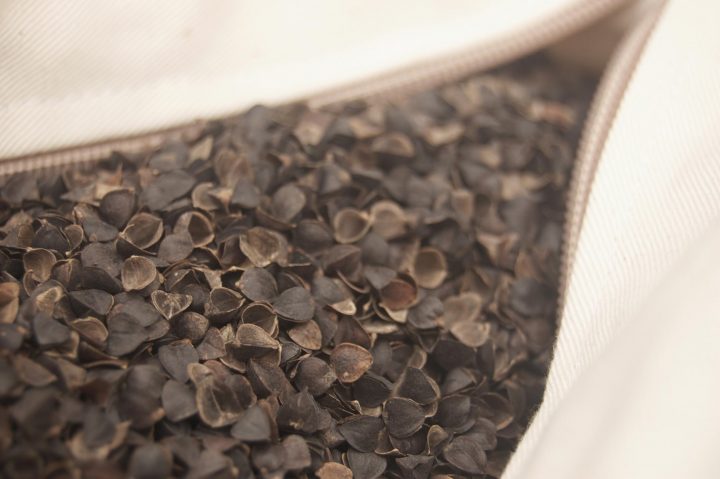 My family attempts to live a healthy and responsible lifestyle. We eat healthy, nourishing food and we all spend time outdoors together for fresh air and exercise. In addition, we try to make choices that are ecologically responsible. Our children deserve a world that isn’t damaged by our generation’s irresponsibility. As any parent will attest, it is very important to feel like you’ve provided the best environment possible for your child.
My family attempts to live a healthy and responsible lifestyle. We eat healthy, nourishing food and we all spend time outdoors together for fresh air and exercise. In addition, we try to make choices that are ecologically responsible. Our children deserve a world that isn’t damaged by our generation’s irresponsibility. As any parent will attest, it is very important to feel like you’ve provided the best environment possible for your child.
We try to make this a habit both for our own and future generations’ sake.
Because of this, my wife and I scrutinize every product we use. BPA-free plastic, organic, all-natural, non-toxic – whatever the lingo may be – if we determine that it’s safer than the alternatives and not outrageously priced-we go with it. It’s not always easy to know what the “right” choice is, but generally with a little research into the product at hand, the answer is often quickly found. Unfortunately, sometimes the more research you do, the scarier things get. I discovered this a few years ago when it came time to move my daughter into her own room.
I began to investigate bedding and was shocked to find that pillows, mattresses and other products often contain dangerous toxic chemicals.
Formaldehyde is one of the nastier ones: The World Health Organization identifies it as a carcinogen. Inhalation has been linked to a host of cancers, including nasopharyngeal cancers, leukemia, and lymphoma. Childhood cancer is on the rise due to the prevalence of formaldehyde and similar chemicals in so many of the products we use. In addition, due to government regulations on fire retardancy, bedding products are often treated with hazardous materials that are now linked with serious health issues. These regulations are currently being debated and investigated for perhaps being counter-productive.
Natural Pillows vs. Synthetic Pillows: What’s the Difference?
Popular pillows with fill containing polyurethane or polyester foam can emit the toxins and carcinogens that were used in the manufacturing process. Short-term side effects for those sensitive to these emissions can include headaches, sinus issues and eye irritation. Long term-side effects are mostly unknown but could potentially include some cancer types.
In addition to hazardous fill, the pillow’s fabric case can be host to all kinds of dangerous materials.
Cotton, the most frequently used bedding fiber, is unfortunately grown using some of the world’s most hazardous pesticides.
“Conventionally grown cotton uses more insecticides than any other single crop and epitomizes the worst effects of chemically dependent agriculture… Cotton growers typically use many of the most hazardous pesticides on the market including aldicarb, phorate, methamidophos and endosulfan… Pesticides used on cotton– even when used according to instructions– harm people, wildlife and the environment.”
After it is harvested, it is often bleached, treated and dyed. These procedures inevitably leave behind a multitude of chemicals in the fibers. Bleach is considered one of the most toxic substances in the home. Bleach can contribute to cancer, endocrine disorders and other health problems. Dioxins contained in bleach have the ability to mimic human hormones and can cause low sperm count, testicular cancer or breast cancer. We know now that chemicals like formaldehyde and bleach are carcinogens, but others’ negative effects have yet to be discovered.
This wall of information is intimidating and confusing. Also, it just isn’t practical for most families to completely isolate themselves from the products manufactured as described above. Let me make a simple recommendation: limit exposure to these materials when it’s cost effective. We spend 1/3 of our lives on a pillow; it’s pretty hard to avoid a lot of exposure to its constituent materials. Thus, this is a product worth investigating carefully and perhaps spending a bit more on. Spend your hard-earned cash proportionally based upon exposure/use.
Be Comfortable and Safe – Choose Natural Pillows
My advice is to look for all-natural pillows containing fill like goose down, millet, kapok or buckwheat hulls. The pillow’s shell (containing the fill) should be made from unbleached organic cotton or similar chemical-free fiber. Obviously I’m partial to our own Hullo!




